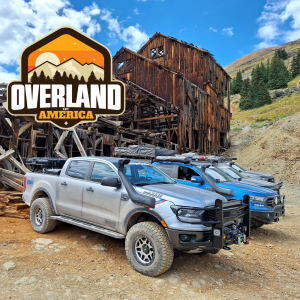Let's put a little more detail in the answer to the original question, so we are all clear.
Basically, the front sway bar is there primarily to control the amount of body roll in corners. A larger front sway bar reduces body roll in the corner. It does this by increasing the load that is transferred to the outside tire, which increases understeer.
The rear sway bar is used to dial in whether the vehicle understeers or oversteers, and how much. Note that all production American vehicles are designed to understeer, because most American drivers are poor, and a vehicle that does not understeer requires a much better driver. (Most drivers over-correct in a panic, and a vehicle that understeers does not respond as quickly so it helps save people from their bad reactions.)
As you make the rear sway bar larger, it reduces the amount the vehicle understeers and eventually you get the rear bar large enough that it will cause the vehicle to oversteer.
When you take the front sway bar from 5/8" to 1" as you did, you reduce the body roll significantly (a 1" bar is more than 2x the stiffness of a 5/8" bar). But you also increase the understeer significantly. So, to get the vehicle back to a similar balance in handling, you need to also increase the size of the rear sway bar. How much to increase the rear bar is a function of the balance you want and the weight balance of the vehicle. So, you will likely not need to make the rear bar much larger to get back to a more reasonable handling situation.
And, in case it is not obvious, making the sway bars stiffer reduces off-road capability, because it limits how much the various wheels can individually articulate going over rough terrain. This is one of the main reason that serious off-road vehicles have no sway bars or have sway bar disconnect systems.
So, I would suggest a larger than 5/8" rear bar, but you probably do not want to go all the way to 1" like you did in the front. 3/4" or 7/8" will likely be enough.















